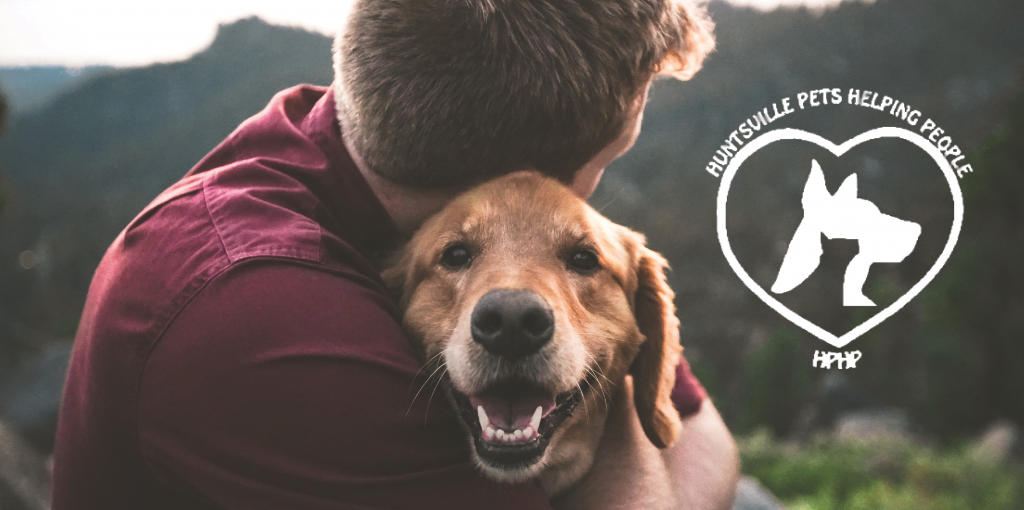What is a Canine Good Citizen? Is your dog one? Can you prove it? Does that notion sound strange or wild? Let’s talk about it.
Americans love their dogs. In 2018, the American Veterinary Medical Association estimated that 76.8 million dogs were living in American households with 7.2 million of them living in Texas. Unfortunately, not all of them are on their best behavior at home and out in public. Some dogs are unruly and drag their owners down the street when out on a walk. Others want to rambunctiously approach children. When dogs do not demonstrate good manners, it can cause frustration and problems for their families.
The American Kennel Club (AKC) noticed that dogs with bad manners were frequently the result of benign neglect by their owners. The owners had not trained their pets on what was expected and dogs were being blamed for it. Bad behavior by dogs led many landlords to ban pets from their properties. Municipalities made parks off limits to dogs and even outlawed some breeds from living within city limits regardless of the behavior of individual dogs within the breed. Frustrated dog owners were forced to rehome their pets or move out of the area. Many dogs ended up being surrendered to animal shelters. Dogs were paying the price for having irresponsible owners.
The AKC wanted to improve things for dogs and encourage responsible dog ownership so they took the initiative and created the Canine Good Citizen (CGC) program. It is a program designed for all dogs. The goals of the program are to develop dogs who have reliable and in control behavior in public and to educate people about being responsible dog owners. To help people understand what is required, the AKC established a CGC exam that identifies ten basic obedience skills that every dog should know and demonstrate to become a canine good citizen. The skills are:
- Accept a Friendly Stranger – Dogs encounter people other than their family members. They need to be able to meet new people and remain calm. The goal is for the dog to remain calm and relaxed beside their owner while encountering strangers.
- Sit Politely for Petting – Most people enjoy interacting with dogs but they do not want a dog to jump up on them. The goal is for the dog to willingly accept contact by people other than their family members and to remain calm and under owner control throughout the process.
- Appearance and Grooming – In this task, the CGC test evaluator is looking at the dog’s grooming and general health. Dogs should be clean and not have an objectionable odor. The goal is to have a dog that looks healthy and is well cared for.
- Out For a Walk – Dogs must be able to go for a walk without pulling on the leash. They need to stay on one side of the handler and not cross back and forth in front of or behind the person. The CGC evaluator wants to see the dog focused in the handler and the handler in control.
- Walking Through a Crowd – In walking through a crowd, the dog may show interest in the people passing by but not approach them. They need to remain calmly by the side of their handler.
- Sit, Down and Stay on Command – The dog needs to be responsive to the handler. For sit and down, the handler asks the dog for compliance. In the stay portion of the test, the handler asks the dog for a sit or down. Then, they tell the dog to stay and walk twenty feet away. As long as the dog stays in the designated area and does not follow the handler, they pass the stay test.
- Come When Called – The handler gives the dog a stay command and walks off ten feet. Then they turn and call their dog. The expectation is that the dog will move directly to the handler.
- Reaction to Another Dog – In this exercise, a person is out for a walk with their dog and they encounter another person and their dog approaching from the opposite direction. The people will briefly pause and exchange greetings as they pass each other. The testing dog may be mildly interested in the other dog but may not move toward the other dog. The testing dog needs to remain calm and at their handler’s side.
- Reaction to Distractions – When out in public, dogs confront visual distractions such as people jogging by or a bicycle moving past them. Noises such as honking horns, dogs barking, or a person dropping something can be distractions too. The testing dog may look toward the distraction but may not try to run away in fright or hide behind their handler. If concerned, the dog should look to their handler for reassurance and guidance.
- Supervised Separation – In the final exercise, the handler tells the dog that they will be back. They hand the leash to the evaluator and leave the dog’s sight for three minutes. The dog needs to remain calm and not show any signs of stress such as excessive panting, whining, barking, pacing, or pulling toward the area where the handler exited.
After you have expended time and effort to train your dogs on basic manners, you may want to participate in a Canine Good Citizen evaluation. Besides being a fun activity, sometimes a potential landlord will waive a pet deposit if the family dogs has a CGC certificate. The AKC website (www.akc.org/events/cgc) maintains a list of CGC evaluators so you can locate an evaluator nearby. The CGC exam fee is usually $5 – $10. If you want more information about the CGC exam and how to train for it, please look at AKC publication Citizen Canine by Mary Burch.
Huntsville Pets Helping People
www.huntsvillephp.com
www.facebook.com/huntsvilletherapypets
